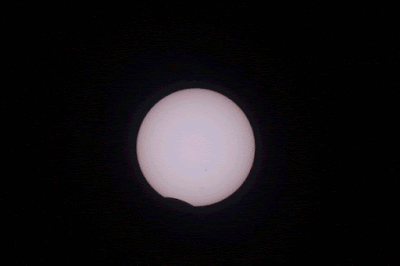New Horizons: Painting a portrait of Pluto
Public talk by leading NASA engineer
Place / Plek:
Naval Hill Planetarium
Date / Datum:
Monday / Maandag 3/10/2016
Time / Tyd:
18:15 for 18:30
Free - No booking required
/ Gratis - Geen bespreking is nodig nie
Launched
in 2006, the New Horizons spacecraft was sent on a decade-long trek to
gather data from Pluto, one of the most endeared and debated bodies in
our Solar
System. After swinging past Jupiter for a gravity boost, the tiny
spacecraft gained enough speed to make its closest approach of Pluto on
14 July 2015,
and conducted a six-month-long reconnaissance flyby study of the (now) exoplanet and its moons.
Because
of the distance from Pluto to Earth (five billion kilometres), the
massive amount of data collected from the fly-by continues to stream
back, offering new insights into
Pluto and the space environment at the Solar System’s outermost regions. So
what
have scientists learned about the enigmatic Pluto? And what does the
future hold for the tiny spacecraft? Join NASA Deputy Chief Technologist
(Retired), Jim Adams, to find
out.
Jim Adams
NASA Deputy Chief Technologist, Retired
Jim
Adams retired as NASA’s Deputy Chief Technologist in September 2016 to
focus on the development of young and emerging innovators and
entrepreneurs by encouraging creative processes and innovative
thinking. He served in NASA’s Office of the Chief Technologist at NASA
Headquarters, Washington, DC from 2012, where he was responsible for the
management of the technology strategy and innovation
initiative across the entire agency.
Jim’s
more than 25-year career at NASA saw him work on over 30 successful
space missions. He was also the recipient of three NASA medals
recognising exceptional service, including NASA’s Outstanding
Leadership Medal.
Mr Adams’ travel is provided by SKA Africa in support of 2016 World Space Week, 4-10 October 2016.
Jim holds a BSc in Physics from Westminster College and a MSc in Electrical Engineering from Villanova University.
Apparently, he bakes a mean apple pie, but this is yet to be confirmed by a reputable judge in South Africa.






















